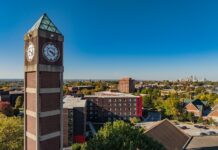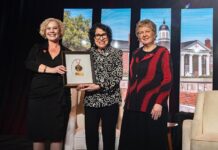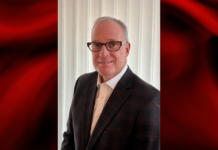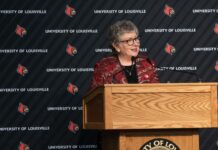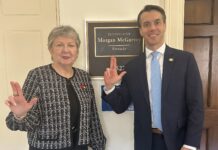Pre-trial projections were for a 4 percent improvement average.
University of Louisville researcher Roberto Bolli, the lead investigator on the Phase I clinical trial, will present the findings today at the American Heart Association Scientific Sessions in Orlando, Fla. He also is lead author on a paper set for publication today in The Lancet.
Called “SCIPIO” – an acronym for “Cardiac Stem Cells in Patients with Ischemic CardiOmyopathy” – the trial involved 16 patients who had received diagnoses of heart failure after a heart attack and who had left a ventricular ejection fraction (LVEF) of 40 percent or lower. LVEF is a standard measure of the heart’s pumping capability; it measures how much blood is ejected from the left ventricle during a heartbeat. The normal LVEF is 50 percent or higher.
SCIPIO took place in Louisville and at the lab of Piero Anversa at Brigham and Women’s Hospital/Harvard Medical School in Boston. Anversa developed the technology to grow new cardiac stem cells from a patient’s existing ones.
Investigators harvested, or removed, cardiac stem cells from each subject during coronary bypass surgery at Jewish Hospital in Louisville. The cells, referred to as “c-kit positive” cells because they express the c-kit protein on their surface, were purified in Anversa’s lab in Boston and allowed to grow. Once an adequate number of stem cells were produced – about one million – Bolli’s team in Louisville reintroduced them into the region of the patient’s heart that had been scarred by the heart attack.
Besides better-than-expected heart function, Bolli and the research team also found that the size of the scarred areas had decreased – a result that seemingly begins to disprove the long-held belief that once scarring occurs, the heart tissue is forever dead.
The adult stem cell protocol, Bolli said, could become one of the greatest advancements in cardiac treatment in a generation.
“The results are striking,” he said. “While we do not yet know why the improvement occurs, we have no doubt now that ejection fraction increased and scarring decreased. If these results hold up in future studies, I believe this could be the biggest revolution in cardiovascular medicine in my lifetime.”
Anversa has been studying cardiac stem cells’ potential to regenerate myocardial cells damaged from heart failure since the 1990s.
“Seeing these cells given successfully to very sick patients is the most rewarding experience that a physician-scientist can have in his or her lifetime,” said Anversa, noting that the work was a major team effort that involved several senior members in both his and Bolli’s laboratories.
The results are the first report from a trial that involved administering a human subject’s own cardiac stem cells; previous studies have used stem cells harvested from bone marrow. The researchers stressed that they are preliminary and larger-scale studies must be conducted before the therapy can be used widely.
Bolli already is looking forward to a larger study and said the researchers plan to apply for funding to conduct a Phase II multi-center trial.
A grant from the National Heart, Lung and Blood Institute funded the SCIPIO trial.












